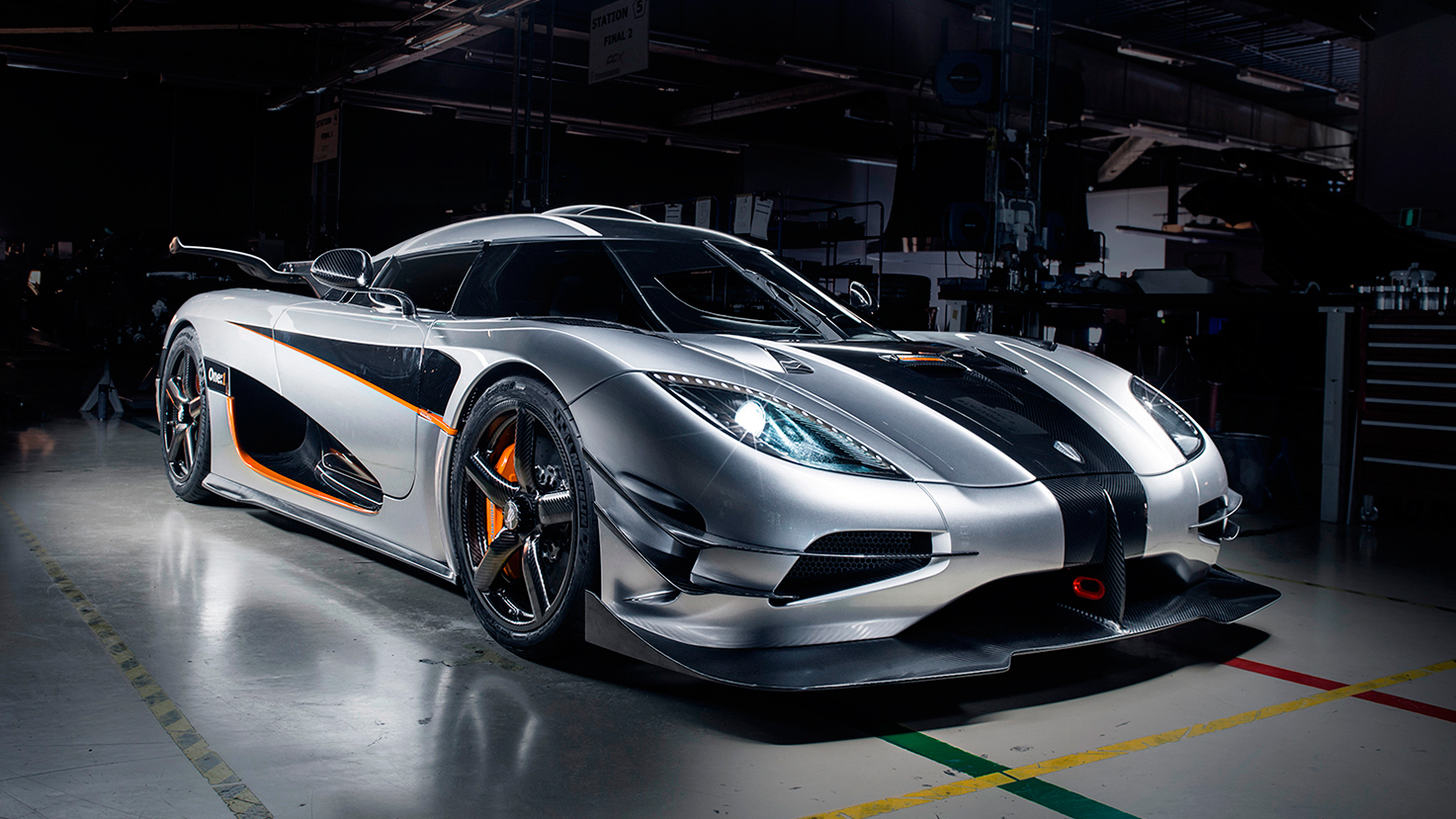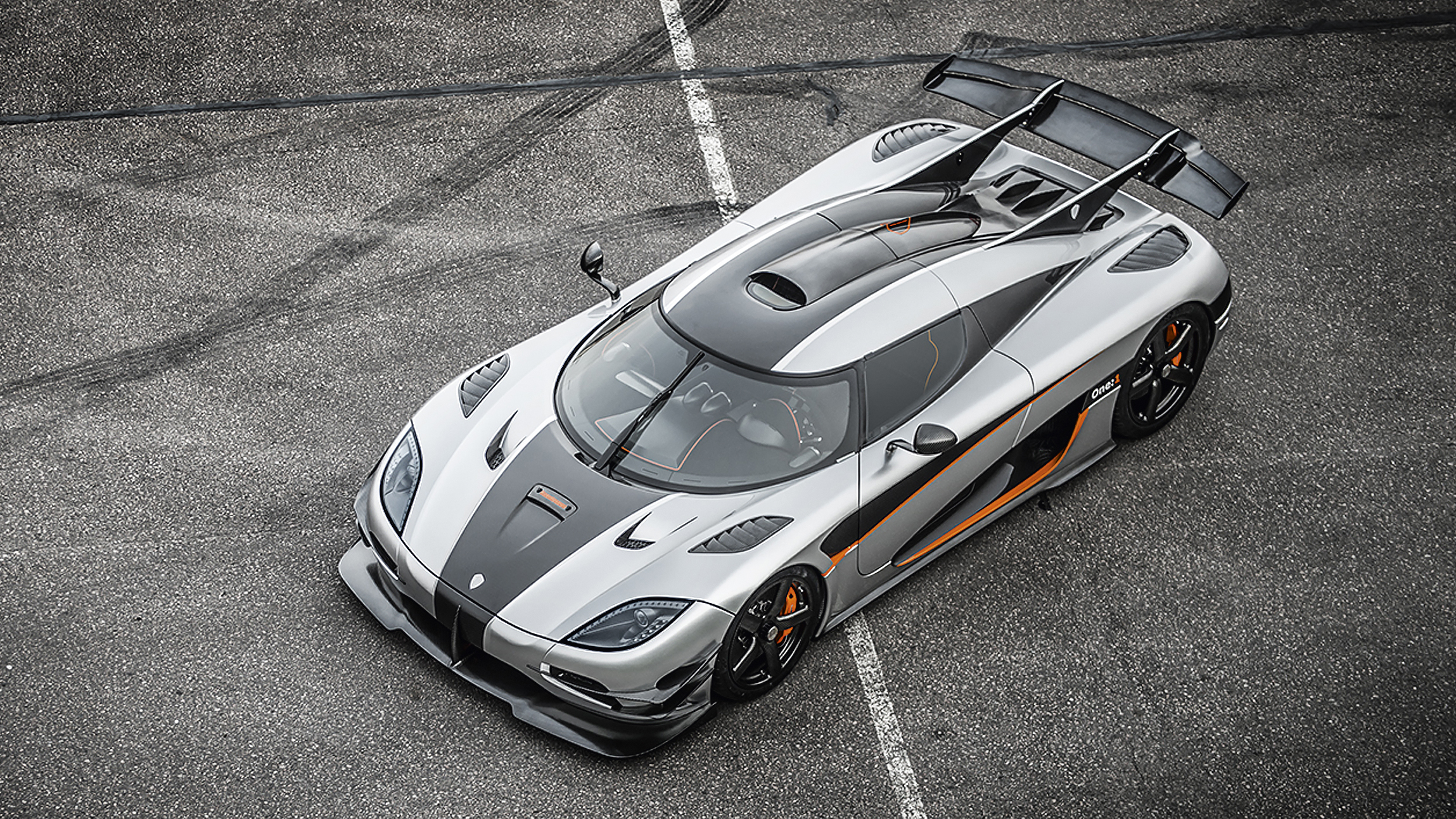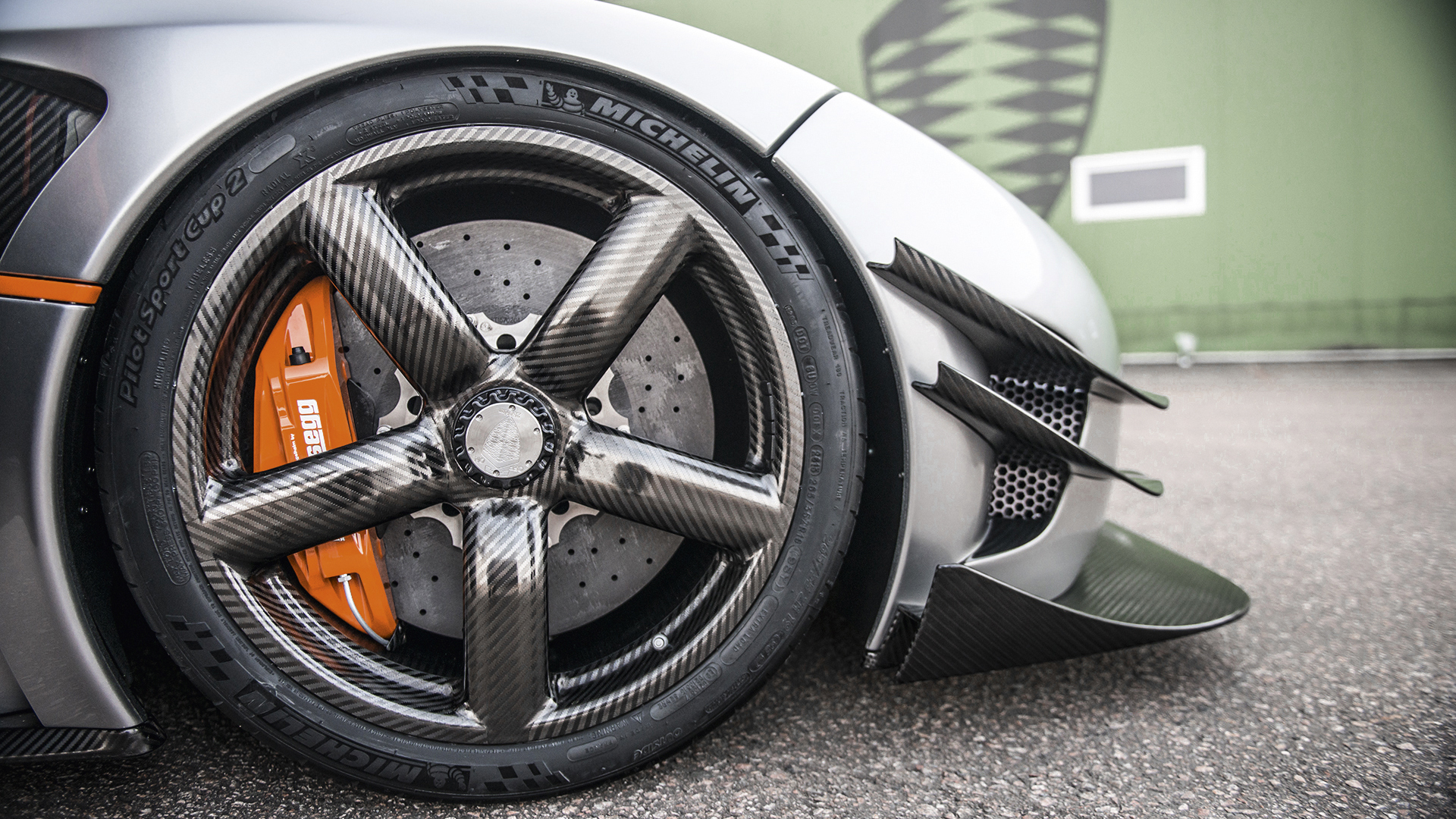
Michelin and the Koenigsegg One:1
As hypercars get quicker with every passing year, Michelin continues to lead the way in making sure they stick to the road
For a hypercar manufacturer like Koenigsegg, testing a car’s potential on the track is the first rule of the game. It’s fair to say this is a concept that suits Michelin down to the ground. Literally.
A few weeks back, Koenigsegg took its own One:1 megacar to Suzuka and Spa Francorchamps with a single objective: to measure how quickly it could lap two of the world’s legendary race tracks in standard trim.
That trim includes Michelin Pilot Sport Cup 2 tyres, factory-fitted to every One:1 that leaves Koenigsegg’s Ängelholm factory. Even with two people, a safety roll cage and data-logging equipment on board, the car set formidable times in the hands of factory test driver Robert Serwanski.
But what Robert did next was even more impressive. With the One:1 back in Sweden, Serwanski and his engineers headed to the test track in Ängelholm.
Not content with racking up blistering lap times, this time they’d be attempting to smash the world record for accelerating to 300kph and back to 0 – a record Koenigsegg already held with the Agera R.
As you might imagine, tyres play a big part in performance at these levels. 300kph translates to just over 186mph, and the traction, rolling resistance and braking stability required to cope with such intense conditions are as technically sophisticated as the One:1 itself.
Remarkably, they pulled it off – Serwanski set a new benchmark of just 17.95 seconds, an incredible 3.24 seconds quicker than his own previous World Record.
For Koenigsegg customers, knowing they’re buying a car capable of this kind of performance is a massive factor in their purchase. For Michelin, cars like the One:1 and Koenigsegg’s latest model, the Regera, are the perfect tools for testing and demonstrating its own advanced technology.
THE BEST JOB IN THE WORLD?
On any list of the world’s most desirable jobs, Koenigsegg Test Driver is likely to feature fairly near the top.
The problem is, the position is already filled. Robert Serwanski is his name, and not only has he spent more time in a Koenigsegg than anyone else on the planet, he’s just as experienced in the capabilities of Michelin’s Pilot Sport tyres.
“A major contributor to achieving this World Record was the tyres,” he explains. “I know how they’ll perform every time. I know they’ll allow me to brake from over 200mph; allow me to change direction exactly the way they did the previous lap and in the same way as they will on the next lap, over and over again.
“We did so much driving on a single set of Pilot Sport Cup 2 – it’s a remarkable testimony to the quality of the product.”
Koenigsegg’s philosophy is about pushing the boundaries of performance; it’s only logical that they would expect the same from their tyre partner.
HOW DOES THE PILOT SPORT CUP 2 WORK?
A reinforced external shoulder wears more slowly, offering improved endurance on road or track.
Bi-Compound Technology provides a difference between interior & exterior parts of the tread: high molecular elastomers on the outside, for maximum dry grip, especially while cornering; a more rigid elastomer on the inside for precise steering and driving control.
Homologated for the road but designed for the track, Pilot Sport Cup 2 offers exceptional grip in the dry while the deeper tread improves safety in the wet.
Featured

Trending this week
- Car Review
BMW 1 Series







